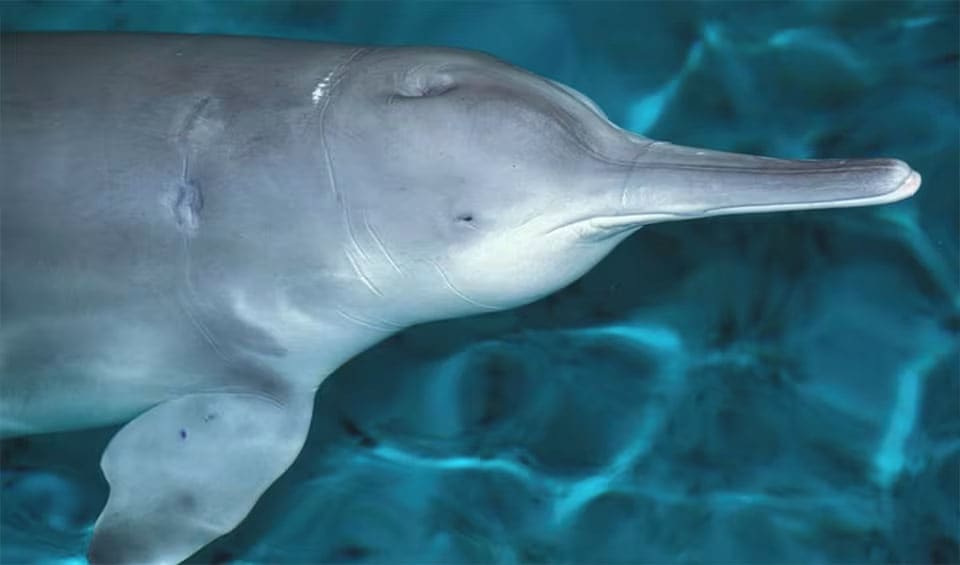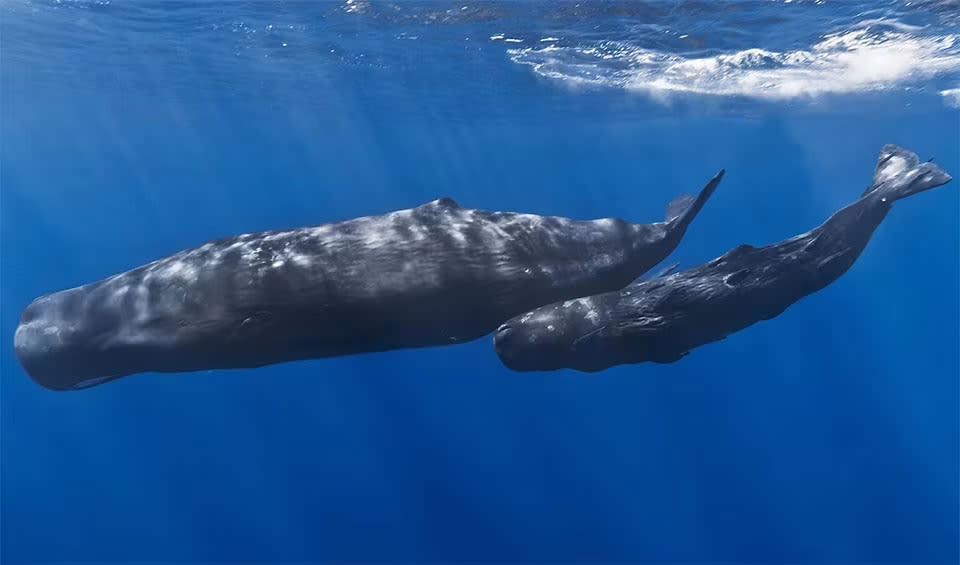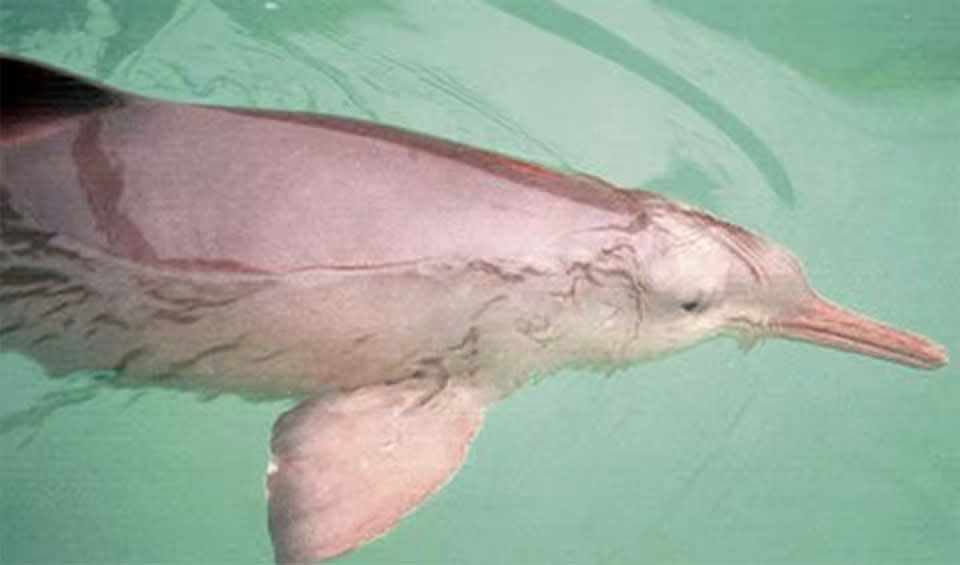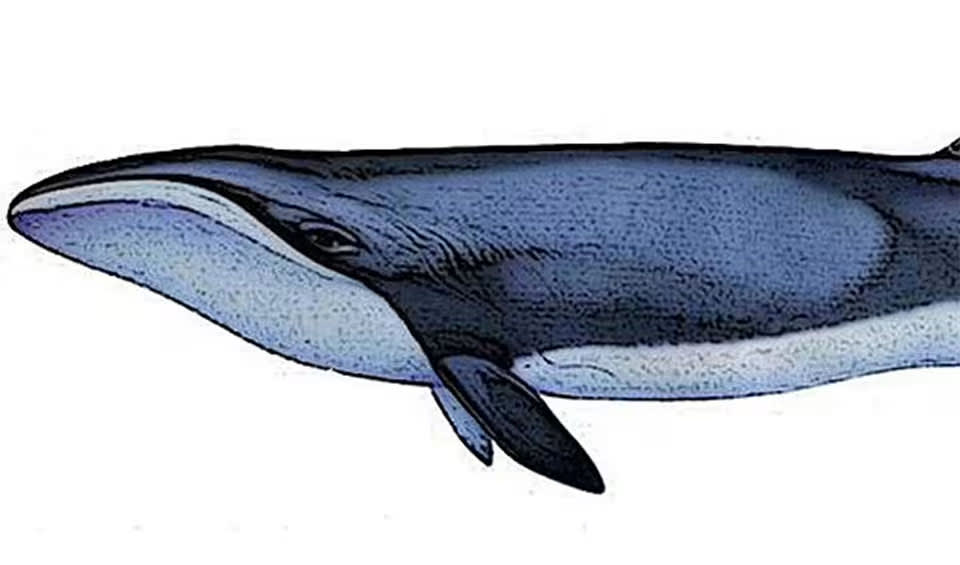Cetacea – Whales & dolphins
The hugest wonders of the earth, struggling for existence in human-dominated world
An order comprising the world’s whales, dolphins, and porpoises are truly the enigmas of the oceans, whose evolution showcases one of nature’s most remarkable transformations. Arising from terrestrial, four-legged ancestors roughly 48 million years ago, cetaceans underwent a radical adaptation, exchanging the solidity of land for the fluidity of the seas. With bodies streamlined for aquatic life and an intelligence that mirrors our own, they represent a pinnacle of evolutionary ingenuity.
These marine mammals are not just inhabitants of the waters; they are integral to the ocean’s narrative, playing a pivotal role in the marine ecosystem. Their diets consist primarily of animal matter, ranging from the smallest of krill to the giant squid, making them key players in controlling population levels and maintaining a balanced food web.
The story of cetaceans is one of both majesty and tragedy. Despite the 1986 International Whaling Commission’s ban on commercial whaling, some countries, motivated by a market for blubber and other whale products, continue to hunt these sentient beings. The blubber, a thick layer of fat beneath the skin, is not merely an insulator against the cold but a storied canvas of the ocean’s tales, bearing the scars and stories of battles fought and kinship bonds.
Dichotomously divided into two suborders, the mysticetes and odontocetes, their feeding strategies are as different as night and day. Mysticetes, or baleen whales, are filter feeders that sieve tiny prey from the ocean waters using their baleen plates, a biological marvel that allows them to consume vast quantities of small organisms. On the other hand, the odontocetes or toothed whales, equipped with teeth, are active predators, engaging in a more direct approach to hunting, whether it be a pod of orcas coordinating a strike or a lone dolphin using its echolocation to pinpoint a fish.
Families in this order
Toothed whales
Captured the hearts and minds of humans for centuries, with bubbly personalities and intelligence challenging our own
The Cuvier’s beaked whale is the deepest diving mammal, reaching a depth of nearly 3km (1.85 miles) in a single breath
This family includes the Vaquitas of Mexico: the smallest and most endangered cetaceans
These smaller sperm whales have an inky defense mechanism, releasing up to 12 liters of inky red fluid to confuse potential predators
The fantastical family of two: meet the white whales and unicorns of the Arctic sea
The family of the largest river dolphins inhabits South America’s freshwater river basins
The ‘baiji’ were the sole survivors of their family before human activity drove them recently to extinction
Flagship species, powerful indicators of the biodiversity present in their riverine homes
Owners of the largest brain on Earth, five times heavier than a human’s
The smallest of the river dolphins and the only one that swims in saltwater oceans
Baleen whales
The family of majestic giants of the ocean, the largest animals to have ever lived
Distinguished from other whales by arched upper jaws in their exceptionally large heads
Once called ‘devil fish’ by whalers due to their fighting behavior when hunted
The smallest baleen whale















